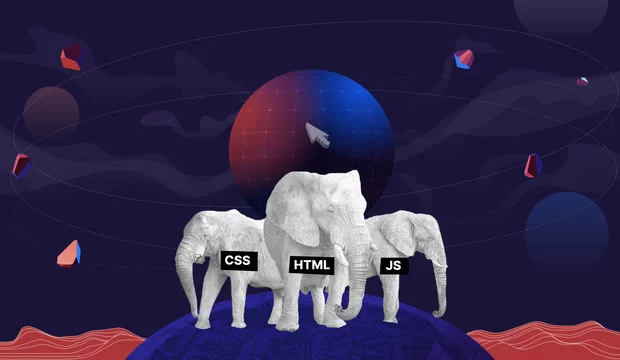What do a social network, a taxi-hailing app, a streaming service, a task manager, and an auction marketplace have in common? No, it’s not that ADCI Solutions’ team has sufficient experience to create such products. The point is that these products are designed for thousands, hundreds of thousands, and millions of users.
How can such projects be created? You should search for the answer starting from the fact that their interfaces usually have lots of interactive elements. This means that...
It all starts with JavaScript
We previously mentioned such applications as Facebook, Uber, Netflix, Trello, eBay, and many others. Computers and mobile devices of their users are constantly exchanging data with the server. The data is like satellites going simultaneously round the Earth, each moving along its own orbit. But while the satellite movement is thoroughly calculated, the data movement has no specific schedule.
Single-threaded task execution is not suitable for such applications, otherwise their operation would’ve been similar to a common situation in a cinema: one entrance to the auditorium, one ticket collector, and a queue of spectators, none of whom will get into the hall before the neighbor in the front.
However, all these applications were written using JavaScript. It has two peculiar features. First of all, this is a high-quality implementation of the Websockets technology which is responsible for the operation of interactive functions: the user does something, the information about this is passed from the device to the server, and the server sends the changes. Thus, the data is transmitted through the server in two directions in the form of packages, without any connection breaks or additional HTTP requests. Secondly, though this language is formally single-threaded, some of its features make it suitable for the development of multi-threading applications. This makes JavaScript different from the popular server languages C# and Java.
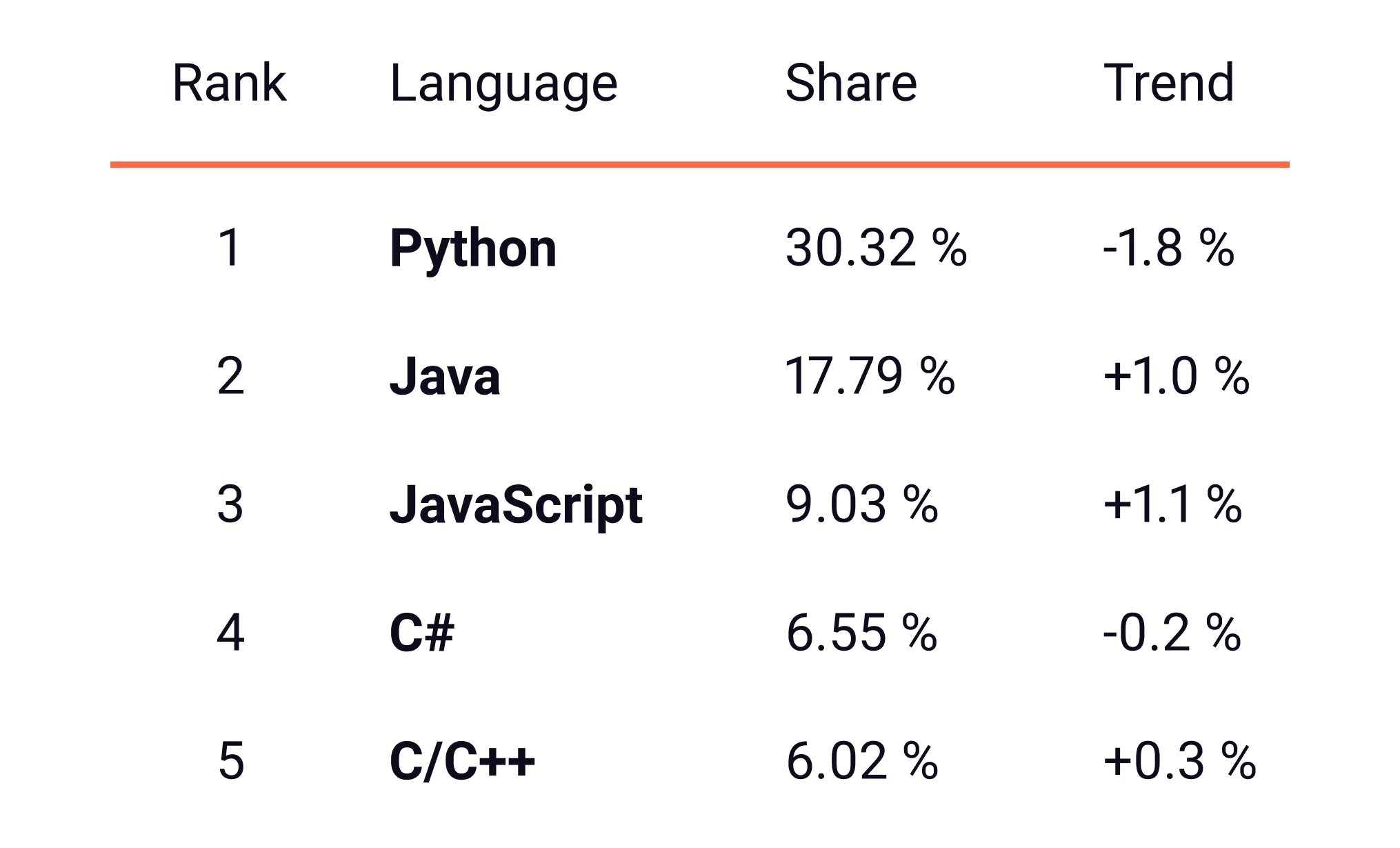
Source: PopularitY of Programming Language
At the time of writing this post, JavaScript ranked third in popularity according to the PYPL index (PopularitY of Programming Language). It is used on the client and the server, in desktop and mobile applications, in the Internet of Things. And if we sought for the fastest way to develop JavaScript applications, we’ve have selected the stack technologies based on their suitability for this language, so that every JavaScript developer could program both the client and the server parts equally well. However, this way was already found.
MERN: a match made in heaven
MERN is the ideal tool kit for the full stack development, where each part was selected for efficient work with JavaScript. Its name is composed of the first letters of the technologies constituting it: MongoDB, Express.js, React.js, and Node.js.
The third letter in this abbreviation changes to reflect the JavaScript framework used. In 2013, MEAN was the first JS stack, where Angular was used instead of React. MEVN, in its turn, includes Vue.js. Here at ADCI Solutions, we’ve chosen to create projects using React, so let’s describe what the MERN stack consists of.
MongoDB
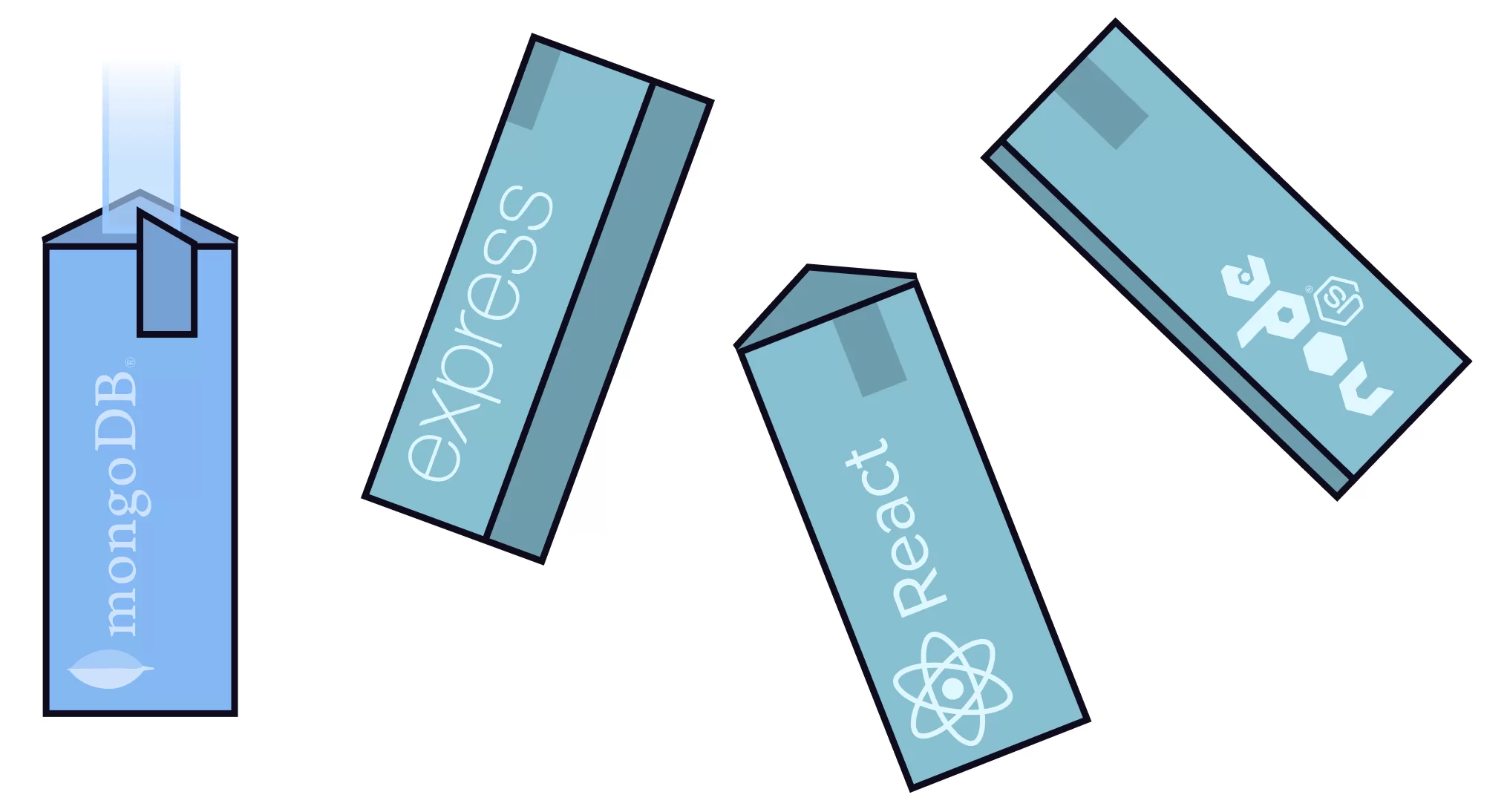
This is a popular control system for NoSQL databases which are more suitable for websites with frequently updated content than SQL databases. MongoDB stores data in the binary JSON format denoted by its own abbreviation: BSON (Binary JavaScript Object Notation). It is used in projects with unpredictable data exchange where speed and scalability are important. Cloud projects are among them.
Express.js
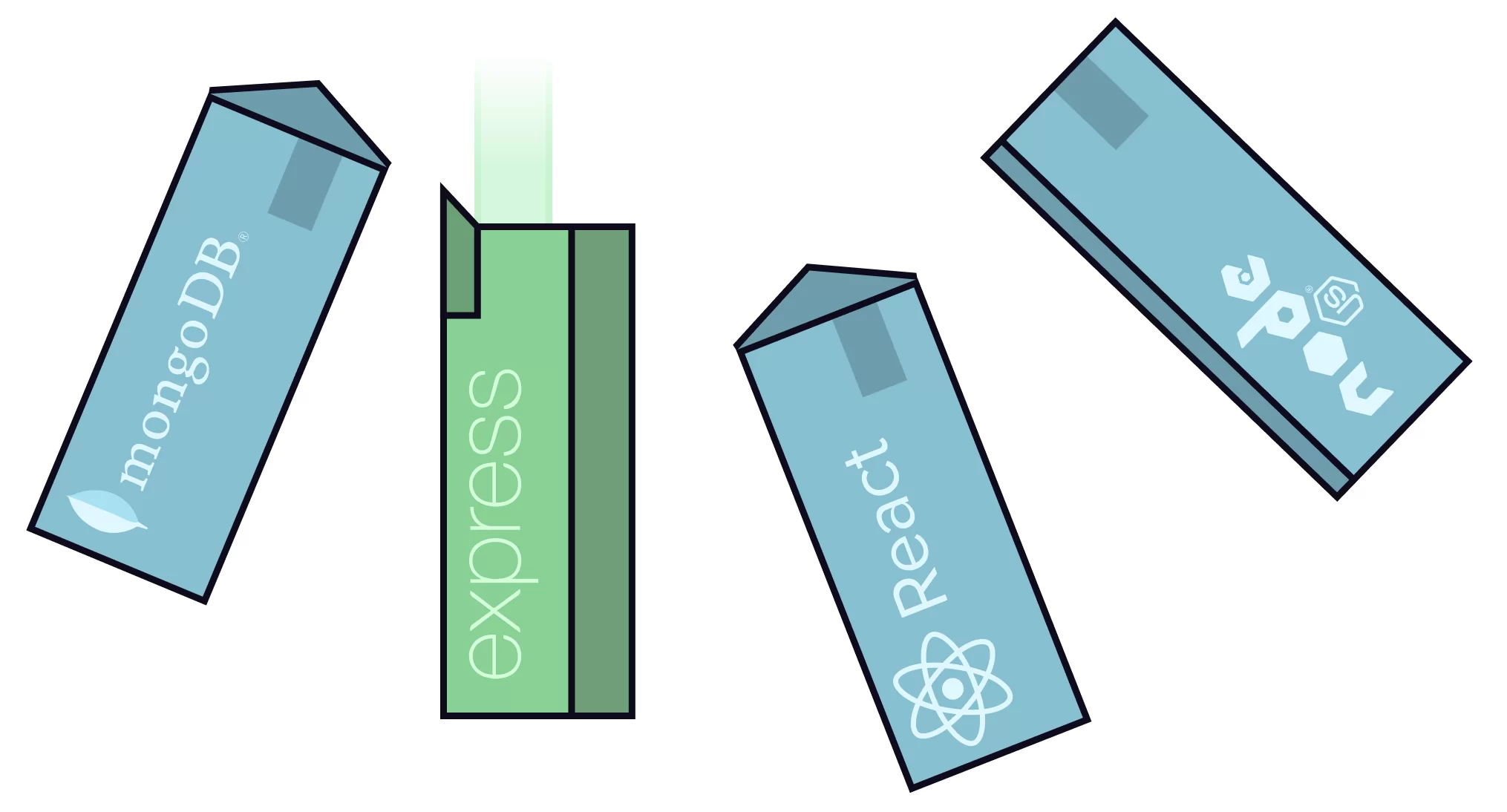
This is a server development framework which is written in JavaScript and works inside Node.js. It’s considered to be the leader among server development frameworks. Developers like it for its minimalism, high performance, support of routing and HTTP, and fast generation of applications. It was used as the basis to create slightly more advanced back-end frameworks Nest.js and Koa.js.
React.js
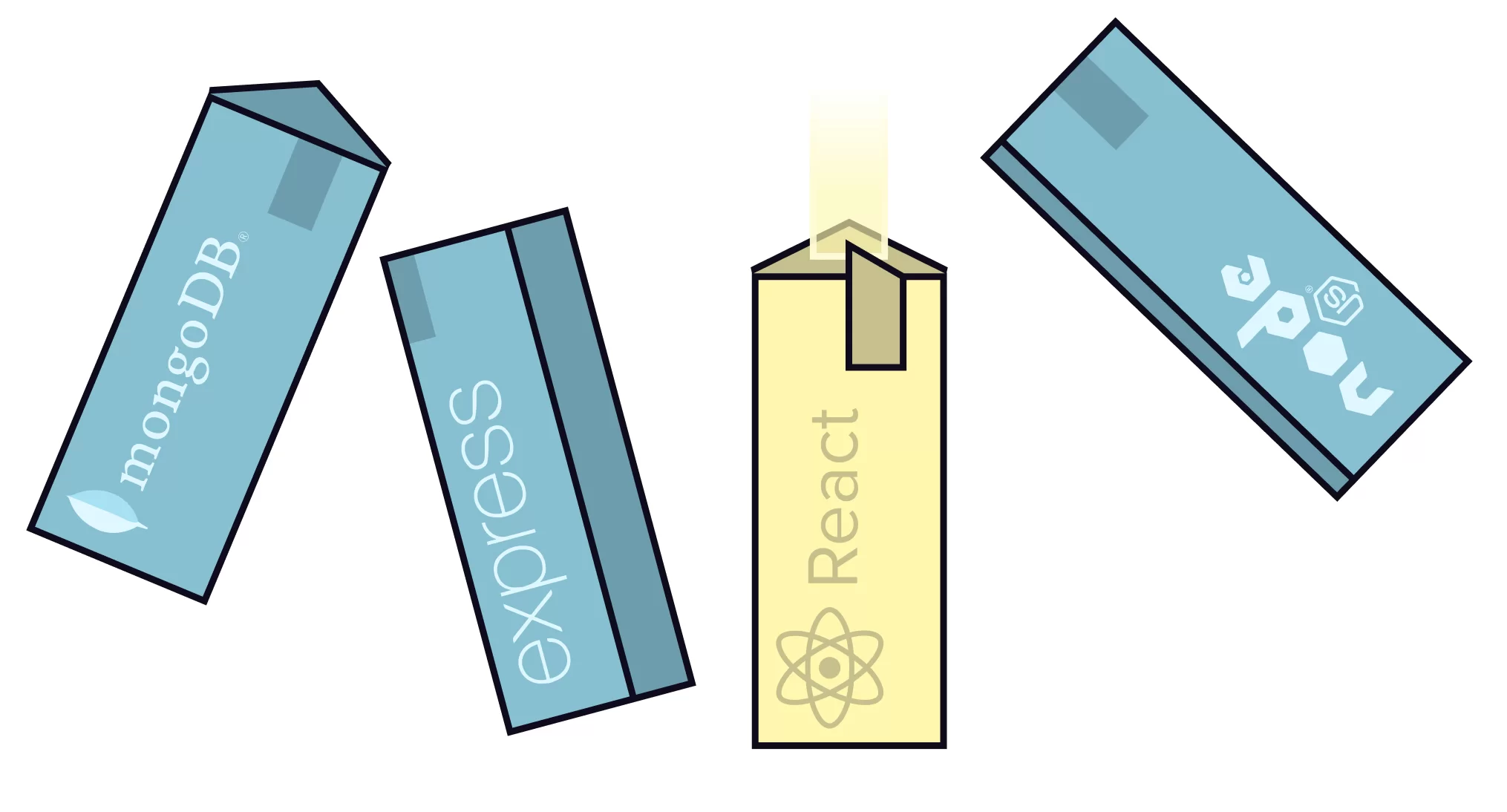
This is a Facebook JavaScript library used to develop user interfaces involving a large number of interactive elements. React creates a virtual structure of the page (Virtual DOM), changes only those of its elements whose state is affected by the user’s actions, and lays the changes over the real page structure.
A web developer with a good expertise in React will carry out the task quicker and save the project budget. If the developer has no expertise, it’s no problem – React has a low entry barrier and a large community that has developed many ready-to-use components and can be asked for help if anything happens. And since the main developer of the library is Facebook, you can expect that new features will appear quickly and security gaps will be filled in promptly.
Node.js
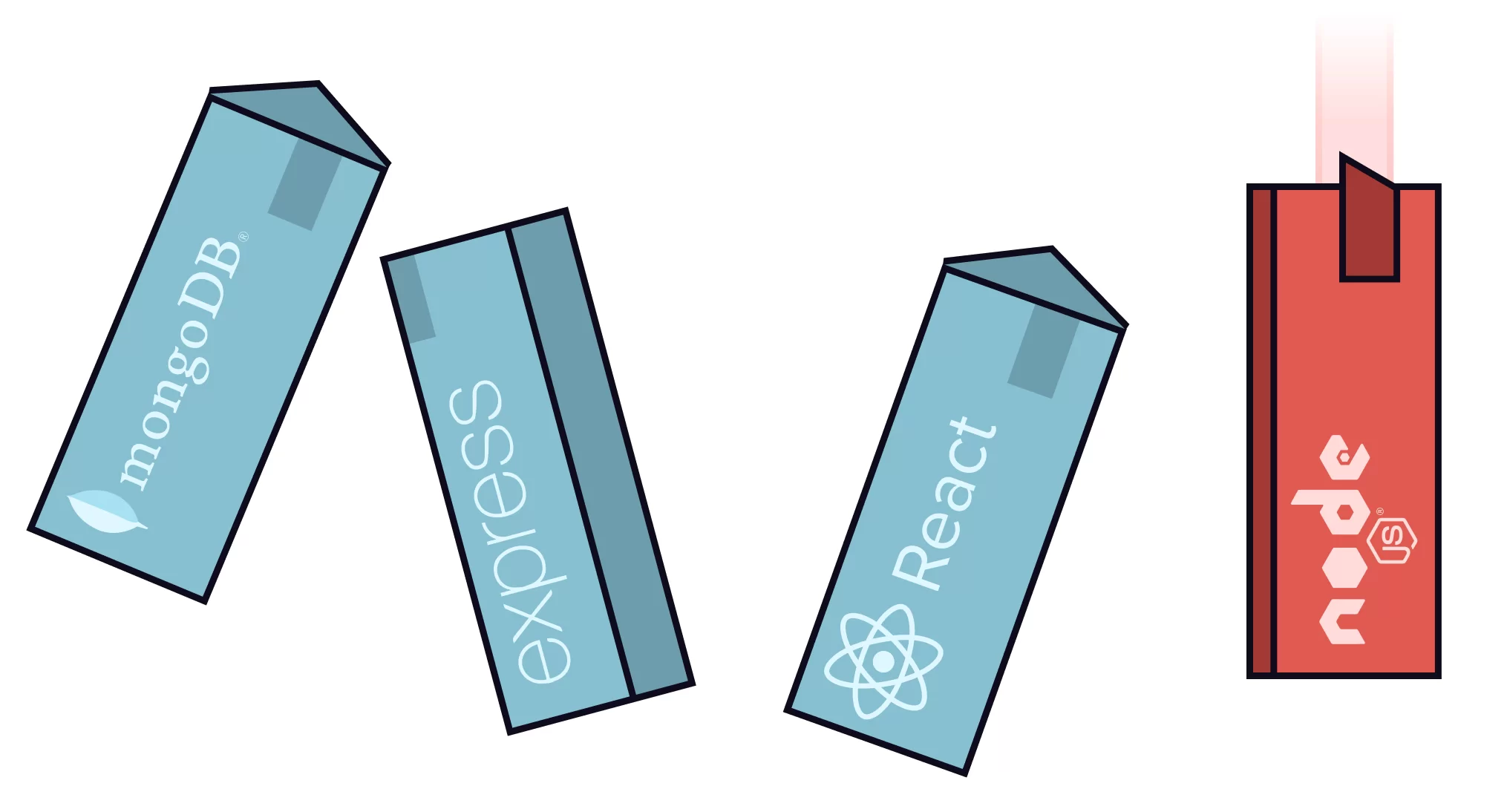
This is an environment for JavaScript code execution on a server, not in a browser, developed using the Google’s JavaScript engine V8. This component is essential for the stack because the Websockets technology we mentioned above is greatly implemented in it. This is the component that enables parallel (or multi-threaded) task execution. To allow the server to process multiple parallel queries, Node.js creates an event loop where time is given to process each query; and if there is no query, the time is not given. In this way the single-threaded JavaScript becomes conditionally multi-threaded, the application withstands high loads and can be easily scaled up in the future.
MERN’s scope of application
If you expect to extend the project in the future, MERN is your choice. Such projects definitely include video conference services, cloud text editors, messengers, online games, eCommerce websites, and other websites used simultaneously by a lot of users in the “here and now” mode. Examples of popular applications created using the MERN stack include Facebook, Instagram, WhatsApp, DropBox, and Netflix.
MERN’s advantages
- All tools are open source and have a long history, which guarantees the availability of a large developer community.
- JavaScript is used both for the client and the server development. You only have to find a full-stack developer or train a front-end developer to get new skills.
- If developers have experience with one tool, it will be easy for them to learn all the rest thanks to the JavaScript base.
- The projects are easily scaled, not least because of using Node.js.
- The technologies the stack is comprised of are easily integrated into cloud platforms.
Summary
The choice of the technology stack used to develop a product depends on the product’s purpose and its future. Several thousands of users is a great number already, but you should remember that one day you may achieve global success and you’d better be ready for this. The stack based on MongoDB, Express.js, React.js, and Node.js is a foundation for ambitious goals easily scaled up using a Node.js server and developed in a cost-effective way thanks to the popularity and simplicity of the JavaScript language. While you are selecting a contractor, the ADCI Solutions’ team is confidently developing projects based on these technologies. Do you intend to create a large project needed worldwide? Send your requests to hello@adcillc.com.




